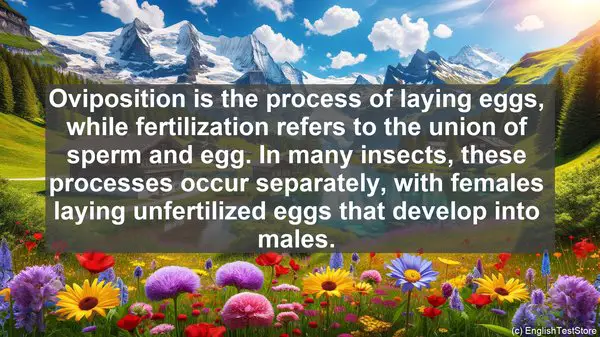Introduction
In the fascinating world of insect ecology, there are several words that often cause confusion. Today, we’ll unravel the meanings of these terms, helping you navigate this field with ease.
1. Habitat vs. Niche
While both habitat and niche refer to an insect’s environment, they have distinct meanings. A habitat is the physical location where an insect lives, while a niche encompasses the insect’s role, interactions, and resources in that habitat.
2. Predator vs. Parasite
Predators and parasites both feed on other organisms, but the key difference lies in their relationship. Predators directly kill and consume their prey, while parasites live on or in their host, often without causing immediate death.

3. Larva vs. Nymph
Larvae and nymphs are the early life stages of insects. Larvae undergo a complete metamorphosis, with distinct larval and adult forms, while nymphs experience an incomplete metamorphosis, resembling miniature adults as they grow.
4. Endemic vs. Exotic
Endemic species are native to a specific region and naturally occur there, while exotic species are introduced to an area, often by human activities. Exotic species can have significant ecological impacts on native ecosystems.
5. Mutualism vs. Commensalism
Both mutualism and commensalism involve interactions between species. In mutualism, both species benefit, while in commensalism, one species benefits, and the other is unaffected.
6. Eusocial vs. Solitary
Insect societies can be eusocial or solitary. Eusocial insects, like ants and bees, live in highly organized colonies with specialized roles, while solitary insects, as the name suggests, live and reproduce independently.
7. Oviposition vs. Fertilization
Oviposition is the process of laying eggs, while fertilization refers to the union of sperm and egg. In many insects, these processes occur separately, with females laying unfertilized eggs that develop into males.
8. Diurnal vs. Nocturnal
Diurnal insects are active during the day, while nocturnal insects are active at night. This activity pattern often relates to factors such as temperature, predation risk, and resource availability.
9. Mimicry vs. Camouflage
Both mimicry and camouflage are strategies used by insects for protection. Mimicry involves resembling another organism or object, while camouflage entails blending in with the surroundings.
10. Monophagous vs. Polyphagous
Monophagous insects feed on a single type of food, while polyphagous insects have a broader diet, consuming multiple types of food. This dietary specialization can have implications for an insect’s ecology and interactions.

